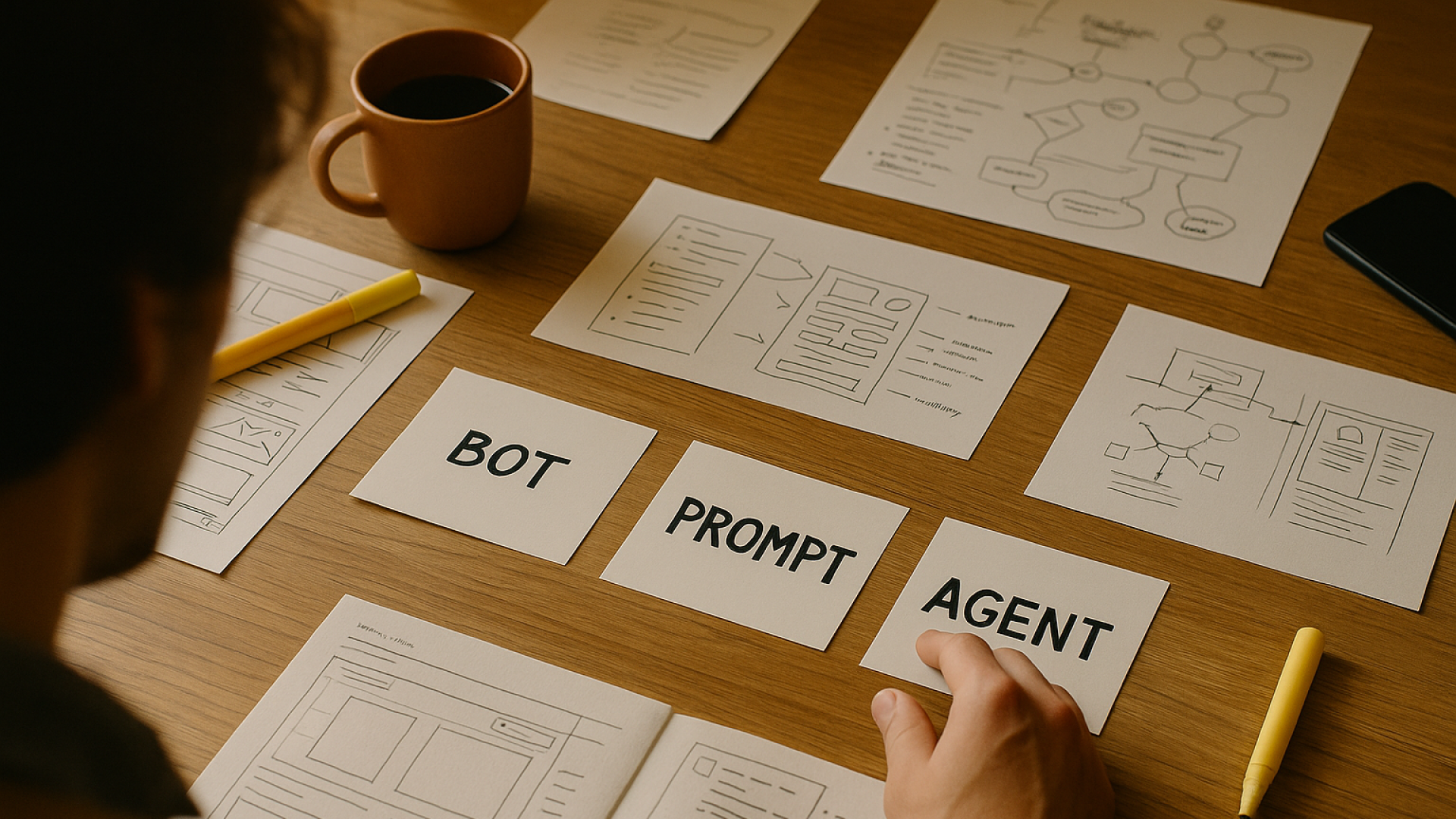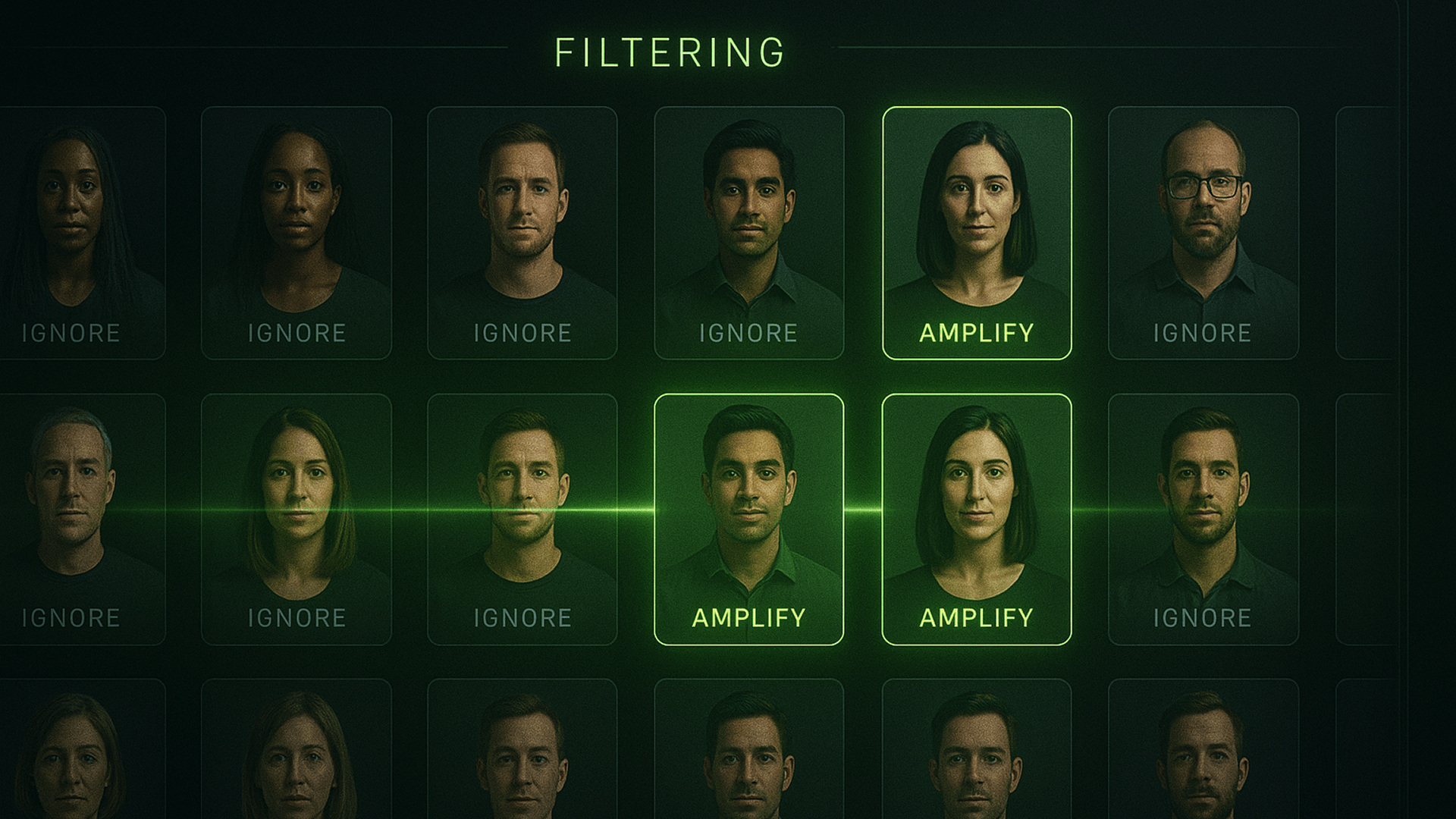Diversity & Inclusion + Empathy = Better Products
Elliott King
2 min read • 27 June 2019
With every year the public awareness of diversity and inclusion is increasing. People are coming together across the country to celebrate Pride and champion the wider impact that increased diversity and inclusivity is having in various walks of life, both personal and professional.
One of the greatest examples we have seen of this impact is in product design.
Design thinking methodologies have been on the rise in the last few years, and rightly so, with Forrester reporting that organisations who used these methods benefitted from faster time-to-market, reduced development costs and significant profit increases.
We regularly use the design thinking model with clients when developing their mobile apps (you can read more about that here). It is an iterative process in which we strive to understand the user, their objectives and their behaviour to redefine problems and challenges. This enables us to build creative solutions that might not have been available.
The link between diversity & inclusion and empathy
Understanding the behaviours and needs of your customers is a pivotal factor in creating successful products. The deeper insight you have into the hearts and minds of your user the more personalised and satisfying your product will be.
There is a litany of statistics to support this:
When at least one member of the team has traits in common with the end user, the entire team better understands that user. A team with a member who shared demographic data such as ethnicity with the customer is 152% likelier than another team to understand that customer.
We recently undertook a series of design sprints with one of our clients Aareon UK, to help them design a next-generation mobile app for their UK clients. As one of the leading providers of housing technology in the UK, Aareon service some of the largest and most successful housing associations up and down the country.
During our sprint, we had stakeholders from a range of functions with Aareon’s client's businesses: customer services, sales, operations and more. We were also lucky to have a stakeholder who was a housing association tenant - who would ultimately become an end user of our mobile app. This stakeholder was able to give us deeper insight into customer challenges and potential perceptions of the user experience and interaction design we otherwise might have missed. Their perspective meant we were able to prioritise areas of real importance for tenants such as managing rent balances and reporting maintenance requests.
Building better products
The link between diversity & inclusion, empathy and better products is supported by research from the report by the NEW:
- Multiple viewpoints and experiences lead to innovative decision making and development throughout the organisation.
- Insights by employees who understand cultural nuances first hand result in more relevant products, marketing, and shopping experiences that directly impact the bottom line.
- Customer loyalty increases because diverse consumers feel more comfortable doing business with companies that employ people from their communities.
For Aareon, by leveraging a diverse team and combining this with the inherent inclusivity of the design sprint process, meant that we were able to get to a best in class, high fidelity prototype much faster, that stood up strongly against the ultimate test of other users at the end of our design sprint with top 2 box satisfaction in over 40 tests.
The app is now in the field with one of Aareon’s largest clients Hafod and has achieved significant operational efficiencies and improved two-way customer communication.
Do you want to understand more about how a design sprint could help you get to better products? Read more here.
Elliott King


